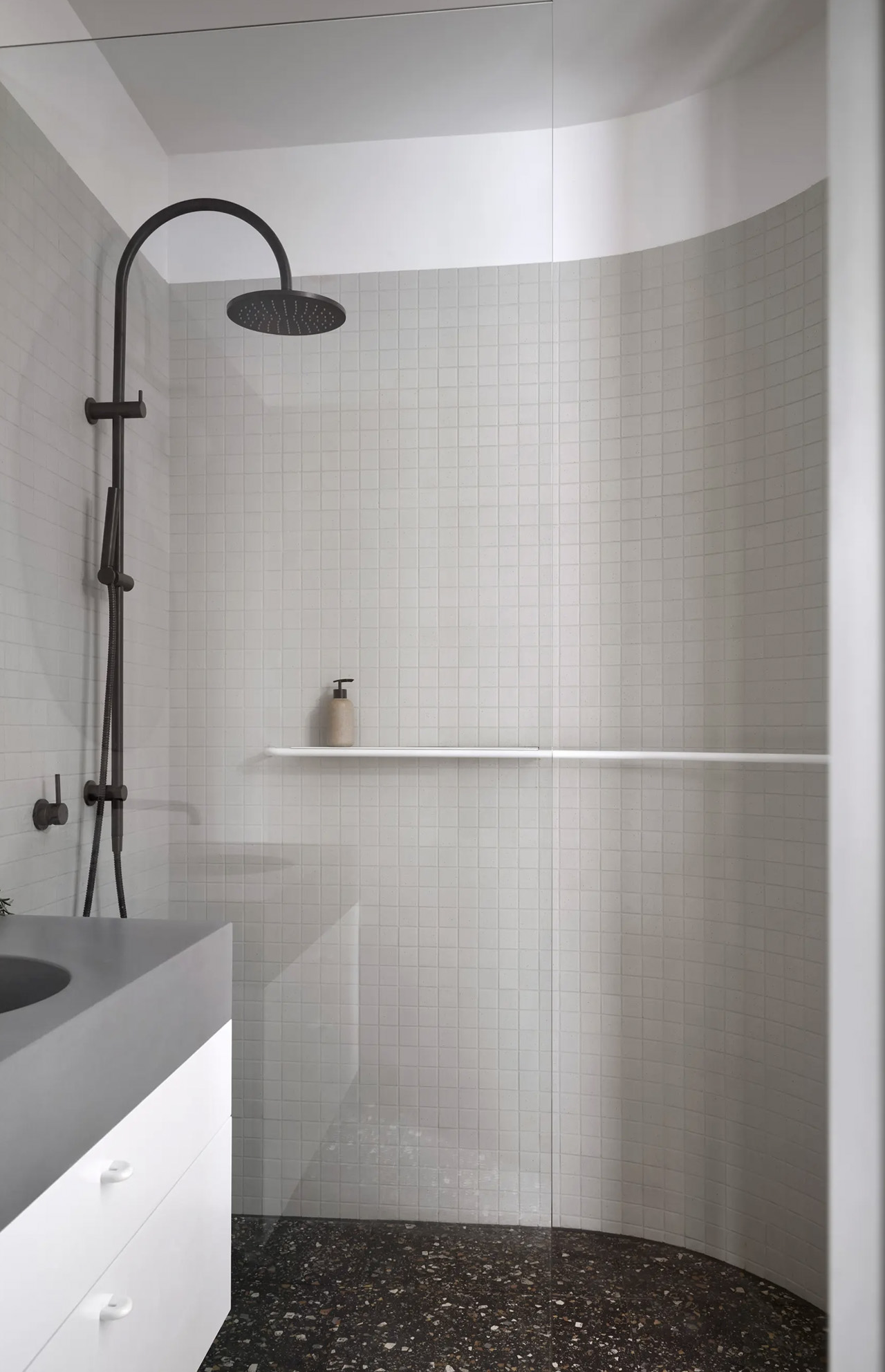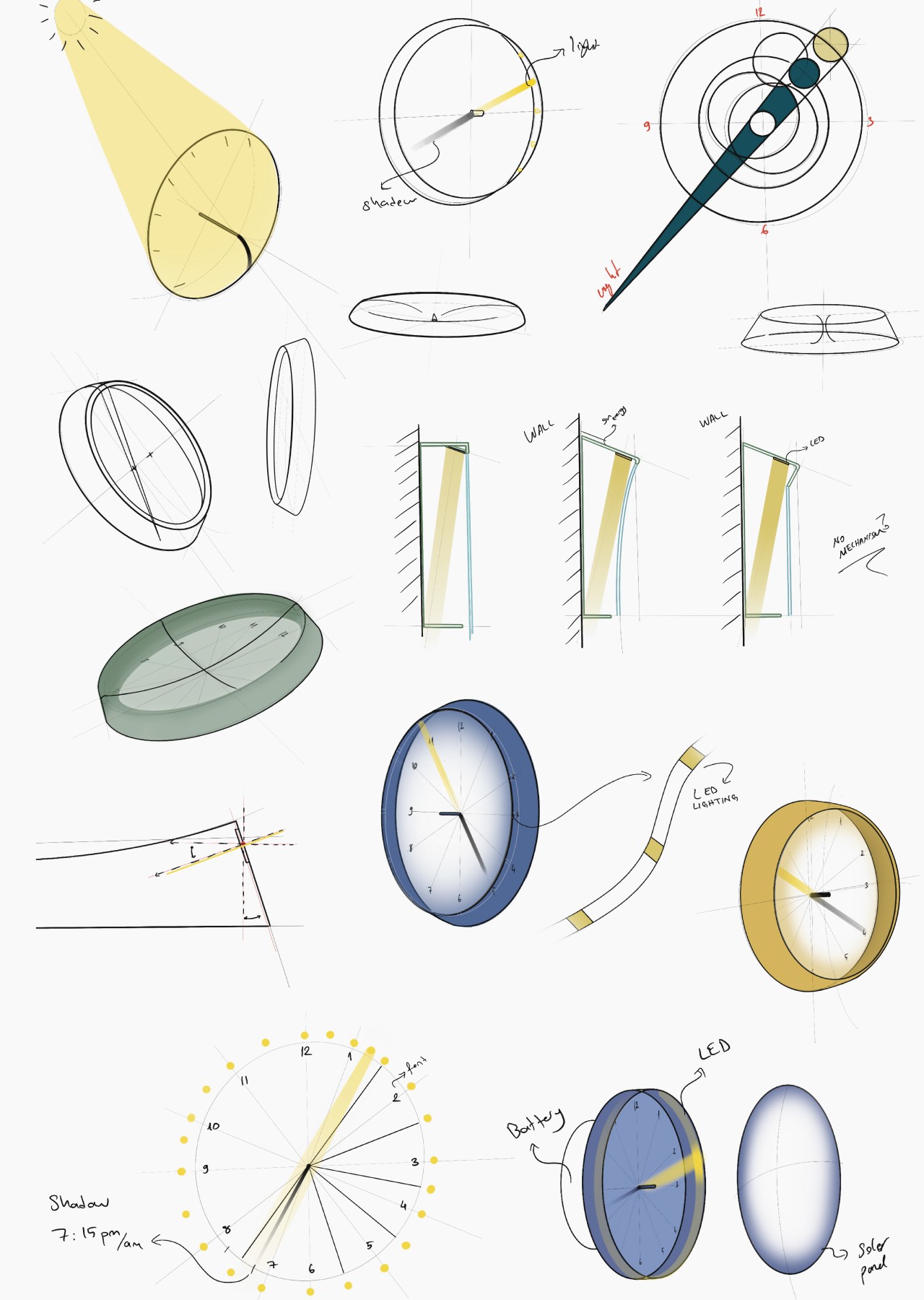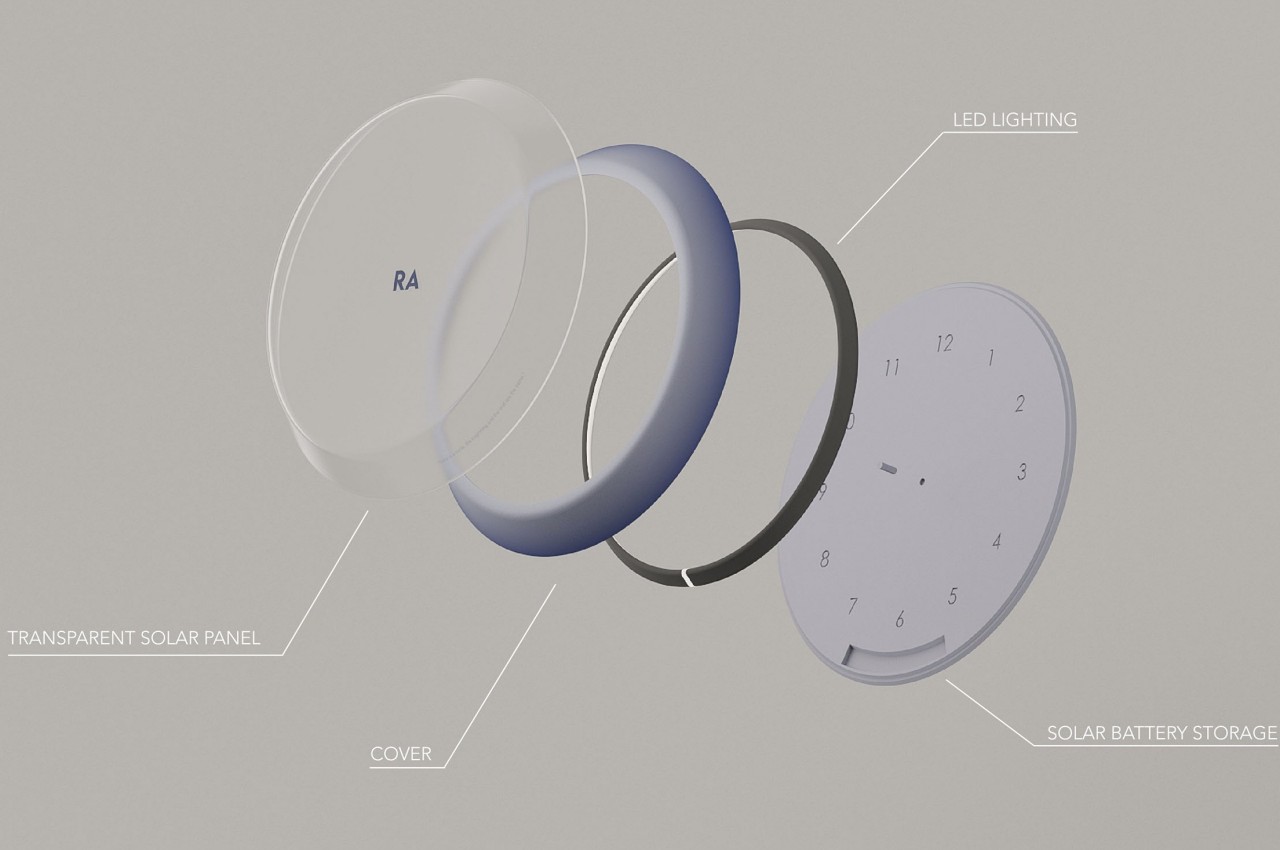
Dubbed The Lang House, which is Chinese for pretty, this lovely home in suburban Melbourne is designed by Australia’s Austin Maynard Architects. When you first look at it, you may find the home quite simple and unassuming. It features a plain boxy exterior which is certainly no eye-grabber, but as you venture deeper into the home, you are welcomed by an ingenious space-saving layout that includes multiple gardens, filling up the space with warm natural light.
Designer: Austin Maynard Architects


The exterior of the home is clad in equitone cement fiber panels, which can be quite hard-wearing and is intended to be resistant to scratching and graffiti. The interior occupies 2,700 square feet and has loads of clever features that maximize the space available, accommodating concealed guest quarters at the entrance. This space includes a Murphy bed and heavy curtains.


The kitchen is located in the center of the home, and it is connected to two separate gardens, which provide loads of natural lighting and ventilation throughout the home. The cabinetry in the kitchen cleverly hides the appliances, as well as a little study area and a pantry. The upstairs section also accommodates a dedicated laundry and outdoor area, along with three bedrooms, and a bathroom with a neat sunken bathtub inside. The home also includes a multipurpose room which occupies the area located between the bedroom. This space functions as a playroom for the owner’s two young children. The home also contains a garage which can be utilized as a party area as well.


“The owners provided a thorough and well-researched brief; specific in their goals, aware of the site limitations, and encouraging creative solutions and architectural flair,” explained Austin Maynard Architects. “They were determined to live in a home without hallways and corridors, to avoid feeling boxed or compartmentalized, and to circumvent poor ventilation and heat retention in summer. They asked for their home to be highly pragmatic and efficient – in energy, cost, and use of space, but also to show uniqueness and creativity. To make something different.”
The Lang House features a roof-based 7-kW solar power system which is connected to a Huawei battery. and an electric car charging hookup. The home is oriented in such a manner that it makes good use of the winter sun, which warms the home in the cold months with the help of underfloor heating.



The post This Simple Boxy Home Conceals Multiple Gardens & A Light-Filled Interior Within first appeared on Yanko Design.

































